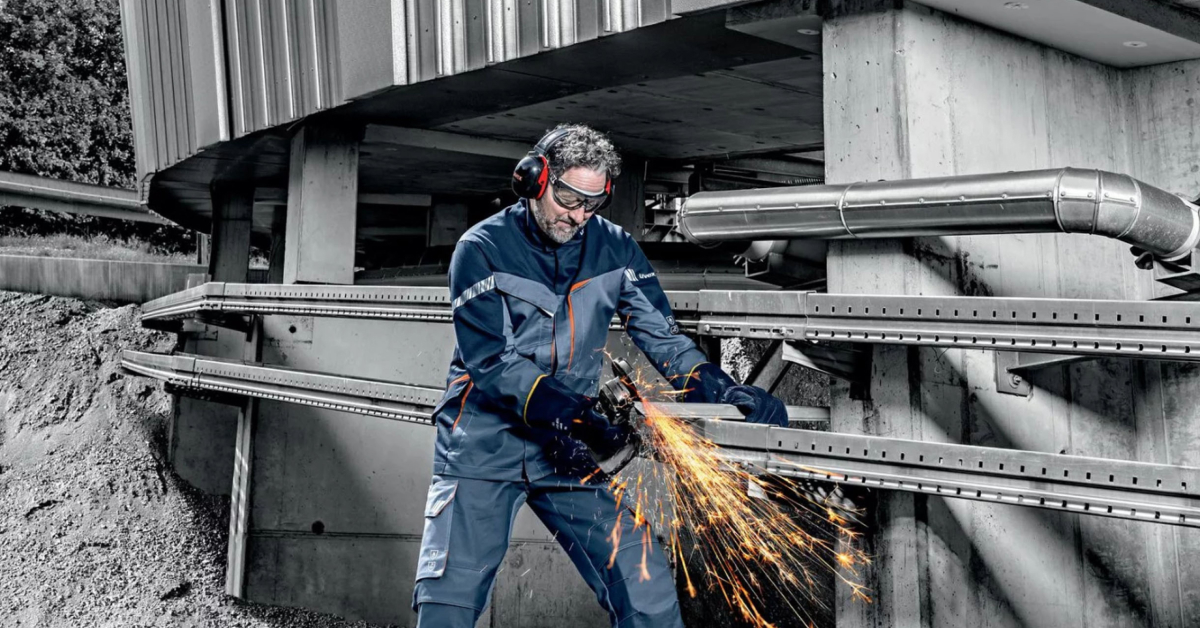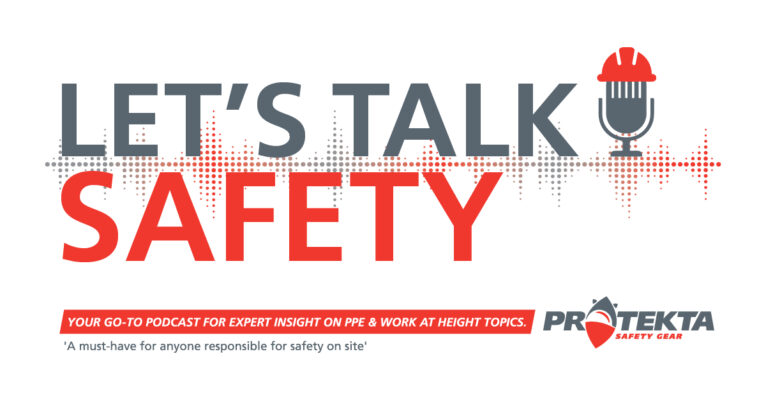General, Health and Safety, Hearing Protection, Podcast Articles
Understanding Noise Levels and Decibel (dB) Ratings
Noise-induced hearing loss is a significant workplace hazard that depends on understanding and managing exposure to different noise levels. Here’s a practical breakdown based on decibel (dB) ratings, using everyday examples provided by hearing safety expert Jared Swanepoel:
What Are Decibels (dB)?
Decibels measure acoustic energy or intensity, not just volume. Crucially, each increase of 3dB represents a doubling of sound intensity:
- 83dB is twice as loud as 80dB.
Practical Examples of Common Noise Levels:
Whispering: Approximately 30-40dB
Normal conversation: Approximately 50-60dB
Loud yelling: Approximately 70-80dB
Power drill: Approximately 90dB (requires hearing protection)
Jet engine (at close range): Approximately 130dB (extreme risk)
Safe Exposure Limits:
- The critical threshold for mandatory hearing protection is 85dB over an 8-hour work shift.
- Noise levels exceeding 85dB significantly increase the risk of permanent hearing damage.
Are you sure your employees’ hearing protection is effective?
Misconceptions About Hearing Protection:
- Combining protective devices (such as earplugs and earmuffs) does not add their protection ratings together directly. Instead, you add only about 5dB to the higher-rated device.
Example: Using a 35dB earmuff and 30dB earplug gives approximately 40dB protection, not 65dB.
Conclusion
Our latest podcast episode features crucial insights on workplace hearing safety. Learn about audiometric testing, understanding noise levels, and choosing the right hearing protection. Discover practical solutions to keep your team safe, productive, and protected for years to come.


